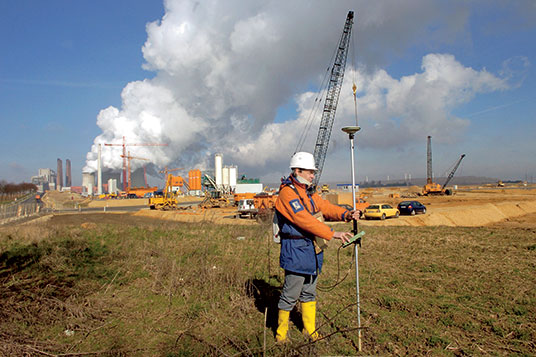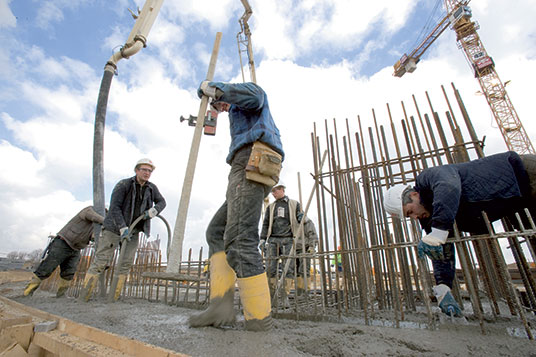If there is one sector in which unforeseen challenges can crop up, it is in construction. Overbooked crews, unexpected regulatory obstacles or simply old fashioned bad weather; all can stymie the best laid plans. But the icing on the cake for project managers is when someone – distracted by such challenges – forgets to book in a new power supply.
Few things can be more frustrating on a large construction project. When managers belatedly pick up the phone and learn that typically it takes between 15 and 20 days to get a new meter, it’s not normally a good time to be within earshot.
This can result in delays, unnecessary additional costs – in generator hire – and waste. (The UK Green Building Council, for example, claims that 15% of the 400 million tonnes of materials delivered to construction sites each year ends up in landfill.)
It doesn’t have to be this way. And for those who know where to turn, it no longer is.
A helping hand…
npower Business Solutions (nBS) has been on the receiving end of a few such calls, and over the past year has pulled out all the stops to make sure that even when things do go awry on a site – of any kind – it is possible to put things right.
Central to this have been efforts to cut the amount of time it takes to get a meter up and running. Over the past year, this has resulted in an average 75 percent cut in the time it takes, bringing installation down to as fast as just five days.

A typical example is a call we received on October 10 last year. The company on the other end of the line urgently needed supply made live to a building on a large construction site before they handed it over to their customer; meter install and supply requirements had been overlooked at site level and other utilities had quoted 15-20 days.
nBS’s team managed to set up a contract and metering charge offer, confirmed availability with our metering team and were able to offer an install date on October 14; just four days later.
Behind the scenes
To be able to take advantage of opportunities like this, site managers – or whoever is responsible for ensuring a meter is in place on time – need to be aware of a few things; not least what goes on behind the scenes after you pick up the phone to a supplier.
Firstly, the request has to go through a registration process, with the supplier notifying the national database. It can take several days to gain acknowledgement and registration. After this is accepted, the supplier has to appoint a meter operator, a data collector and a data aggregator. Each of these three parties has to accept the appointment. (It usually takes three working days to get each of these acceptances back).

Only when all the acceptances are in hand do suppliers request a metering date in the diary. Once this is done, a dataflow is sent out with a 10-day working notice period. That’s the long-established process. Recent partnerships have challenged this status quo. For example, nBS is an approved meter operator as well as an energy supplier, which means it is able to carry out the majority of its metering work direct. Where it can’t, a close working relationship with its third-party contractor, ensures reliable national coverage.
Avoidance is better than cure though – and remembering to book in in advance, as well as promptly giving the unique identifying number, or MPAN (provided by the distribution network operator when you get a new main in) to your supplier, can make a world of difference.


